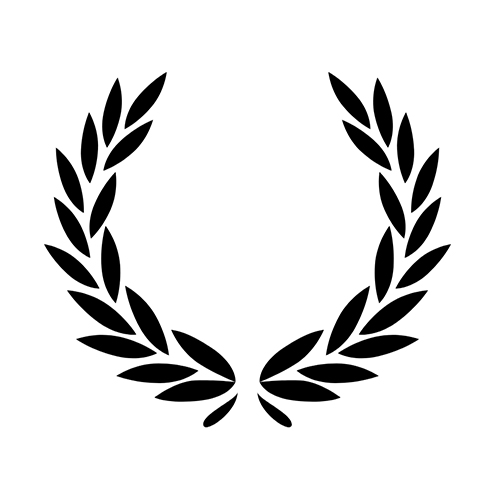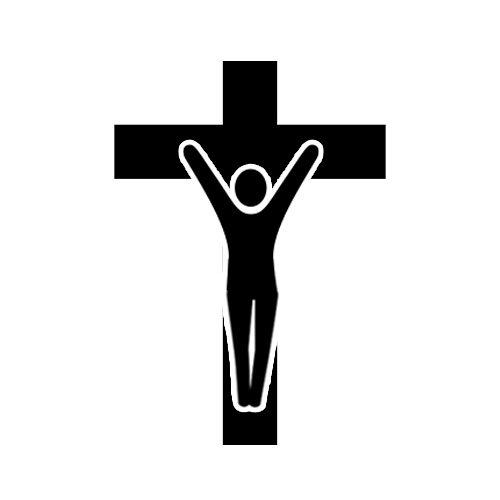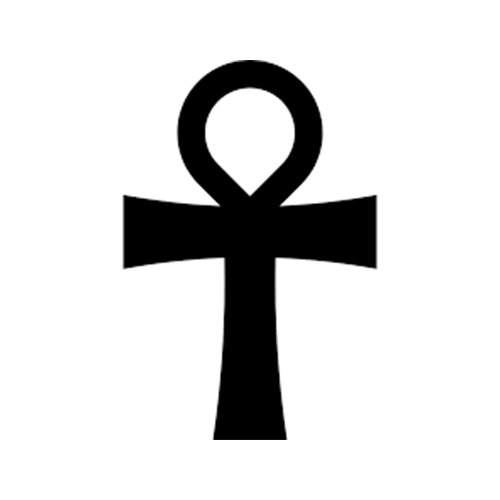About
The Anatomy of a Myth is an excellent introductory book to the world of mythology. Author Michael Herren explains the nature, origin, and history of common mythological stories from cultures like the Greeks.
Source: OMNIKA
The Anatomy of Myth is a comprehensive study of the different methods of interpreting myths developed by the Greeks, adopted by the Romans, and eventually passed to Jewish and Christian interpreters of the Bible. Methods of myth interpretation are closely related to developments in Greekphilosophy, beginning with the Presocratics in the 6th century B.C.E. and continuing to the Neoplatonists in the fifth century C.E. Greek thinkers only rarely saw 'myth' as a category of thought in its own right. Most often they viewed myths as the creation of poets, especially Homer and Hesiod, orelse as an ancient revelation that had been corrupted by them. In the first instance, critics attempted to find in the intention of the authors some deeper truth, whether physical or spiritual; in the second, they deemed it necessary to clear away poetic falsehoods in order to recapture an ancientrevelation. Parallel to the philosophical critiques were the efforts of early historians to explain myths as exaggerated history; myths could be purified by logos (reason) and rendered believable. Practically all of these early methods could be lumped under the term 'allegory' - to intend somethingdifferent from what one expressed. Only occasionally did philosophers veer from a concern for the literal truth of myths; but a few thinkers, while acknowledging myths as fictions, defended their value for the examples of good and bad human behavior they offered. These early efforts were invaluablefor the development of critical thinking, enabling public criticism of even the most authoritative texts. The Church Fathers Church took the interpretative methods of their pagan contemporaries and applied them vigorously to their reading of the scriptures. Pagan Greek methods of myth interpretationpassed into the Middle Ages and beyond, serving as a perennial defense against the damaging effects of scriptural literalism and fundamentalism.
Source: Author or Publisher
expand_more Read more Read less
Access
External sources
Primary
Belief system

The ancient Greek belief system represents a collection of cultural myths and stories that date back to circa 1300-1200 BCE. Its pantheon of deities were widely known and written about in Greek texts. The Romans...
Myths cited
Belief systems cited
Contributor
Cite this work
ChicagoHerren, Michael. The Anatomy of Myth: The Art of Interpretation from the Presocratics to the Church Fathers. New York, NY: Oxford University Press.








